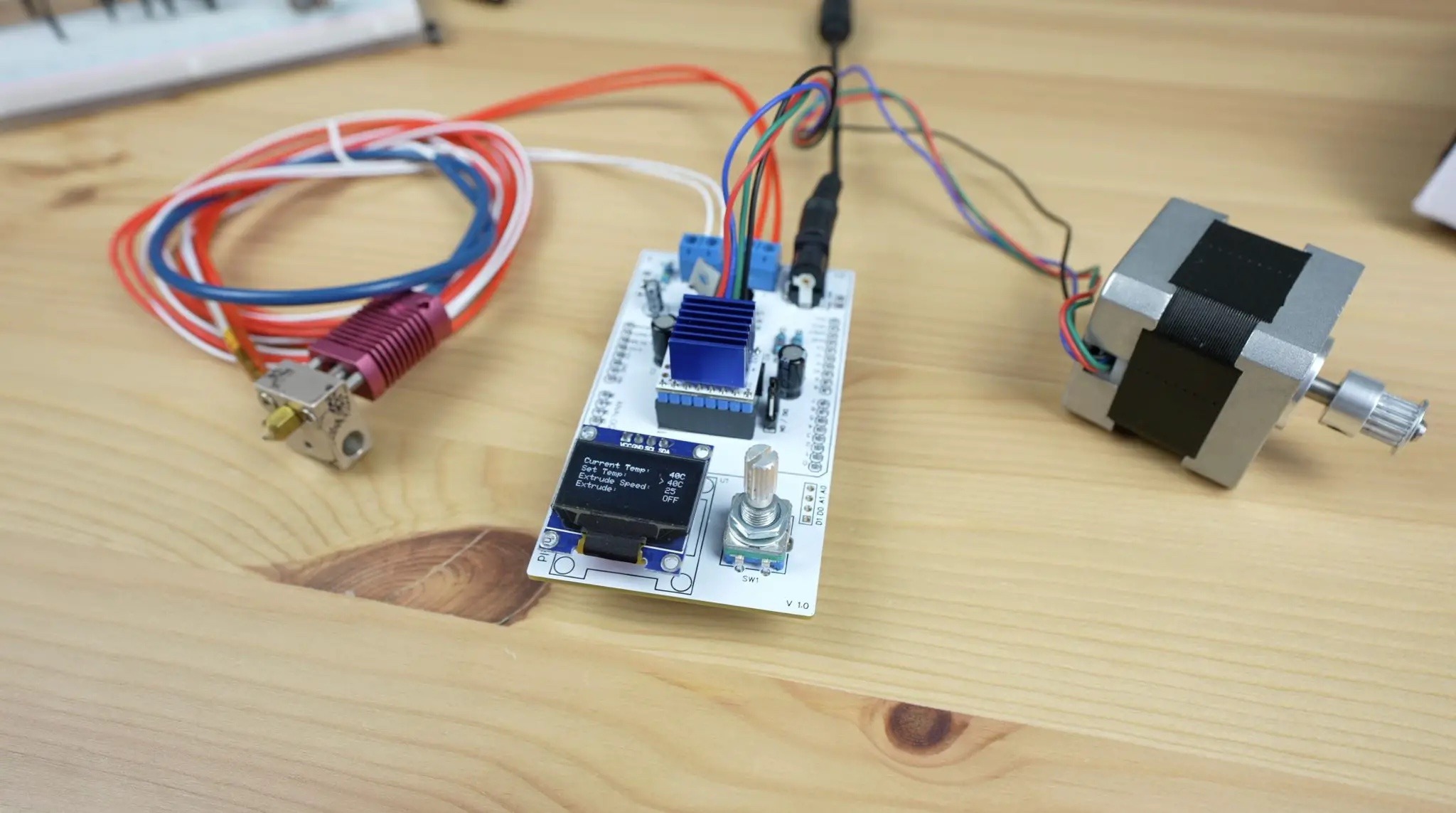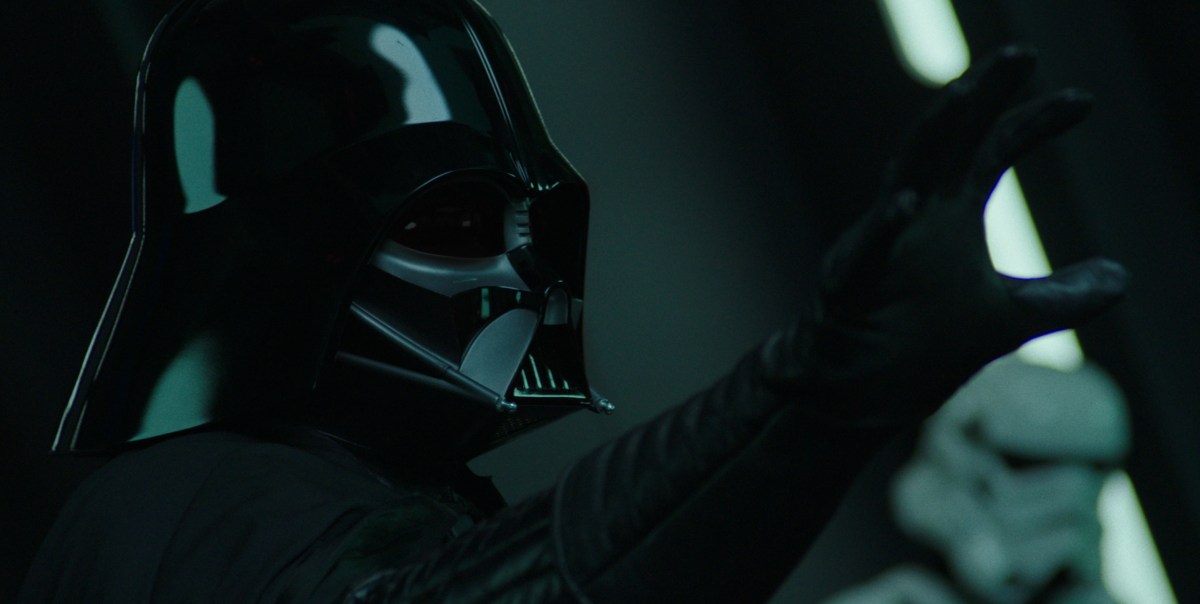Build a Dedicated 3D Printer Hot End Controller with the Arduino UNO R4 WiFi

3D printers must set their hot ends to very specific temperatures suited to the filament material and maintain them at those temperatures throughout the printing process. Most use PID (proportional-integral-derivative) control for this purpose, which modulates power according to an algorithm that prioritizes stability and prevents feedback oscillations. But what if you want to control a hot end that is not connected to a 3D printer? In that case, Michael Klements has a guide on how to build a dedicated hot end controller.
This dedicated hot end controller is useful if you are creating something like a filament extruder. Klements designed it for its PET bottle recycler, which turns waste into useful filament. This machine needs to melt the plastic, and naturally it uses a hot end to do that. But since it's not connected to a 3D printer, Klements needed a way to control the temperature of the hot end. A full 3D printer controller board would have been overkill, so he designed this dedicated controller for the job.

Because Klements designed it for the PET bottle recycler, it also includes a stepper motor driver. It is intended for use with a Creality Ender 3 hot end, but should work with others that have standard thermistor feedback (which is crucial for PID control). The custom shield hosts an Arduino UNO R4 WiFi, which is brand new and has many cool features like an integrated LED matrix. This PCB also contains a MOSFET to control the hot end power supply, a small OLED display and a rotary push button to navigate the menu.
After assembling the PCB and flashing the provided sketch, you will be able to directly control a hot end or a complete filament extruder like a PET bottle recycler.


3D printers must set their hot ends to very specific temperatures suited to the filament material and maintain them at those temperatures throughout the printing process. Most use PID (proportional-integral-derivative) control for this purpose, which modulates power according to an algorithm that prioritizes stability and prevents feedback oscillations. But what if you want to control a hot end that is not connected to a 3D printer? In that case, Michael Klements has a guide on how to build a dedicated hot end controller.
This dedicated hot end controller is useful if you are creating something like a filament extruder. Klements designed it for its PET bottle recycler, which turns waste into useful filament. This machine needs to melt the plastic, and naturally it uses a hot end to do that. But since it's not connected to a 3D printer, Klements needed a way to control the temperature of the hot end. A full 3D printer controller board would have been overkill, so he designed this dedicated controller for the job.

Because Klements designed it for the PET bottle recycler, it also includes a stepper motor driver. It is intended for use with a Creality Ender 3 hot end, but should work with others that have standard thermistor feedback (which is crucial for PID control). The custom shield hosts an Arduino UNO R4 WiFi, which is brand new and has many cool features like an integrated LED matrix. This PCB also contains a MOSFET to control the hot end power supply, a small OLED display and a rotary push button to navigate the menu.
After assembling the PCB and flashing the provided sketch, you will be able to directly control a hot end or a complete filament extruder like a PET bottle recycler.
What's Your Reaction?















![Three of ID's top PR executives quit ad firm Powerhouse [EXCLUSIVE]](https://variety.com/wp-content/uploads/2023/02/ID-PR-Logo.jpg?#)







